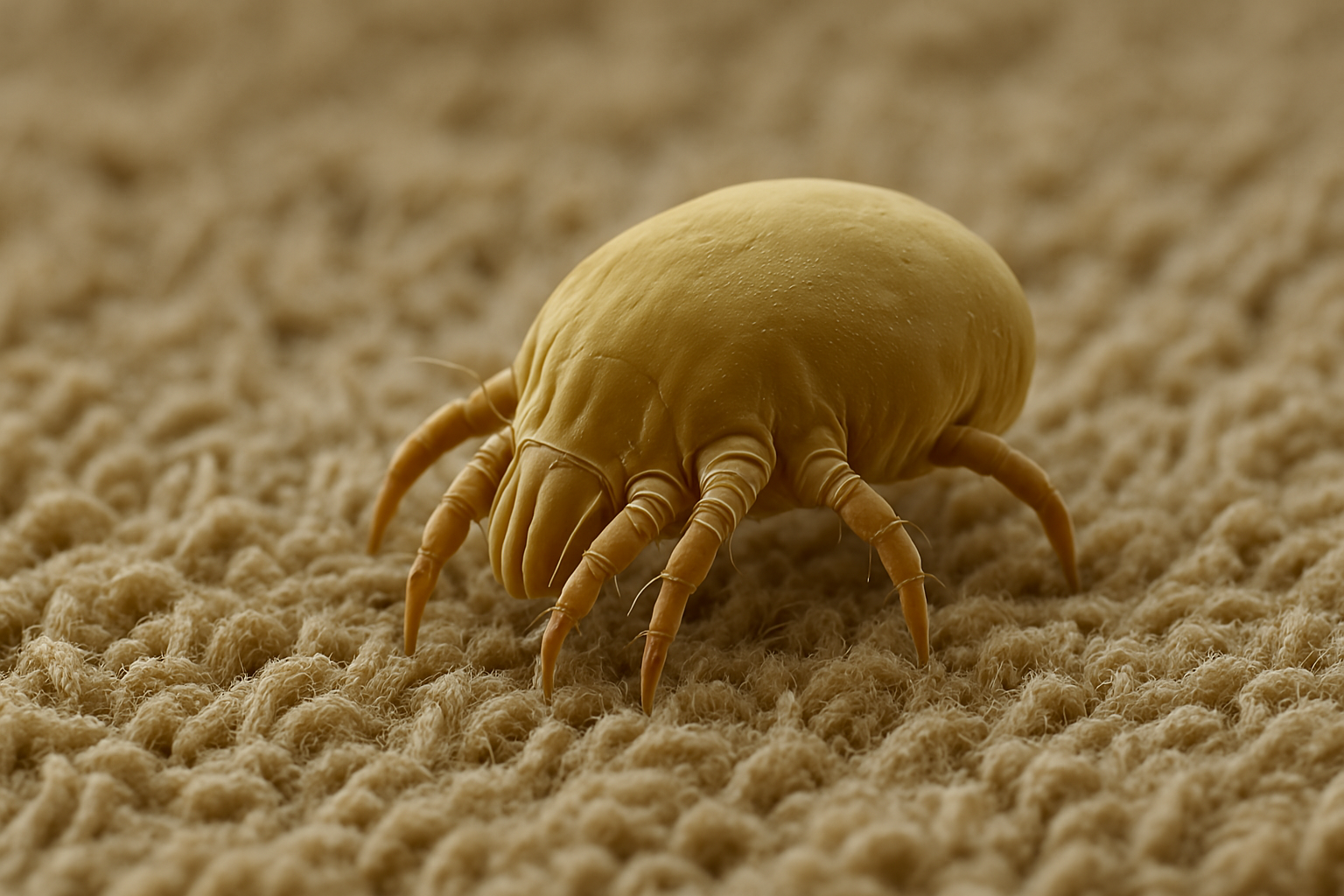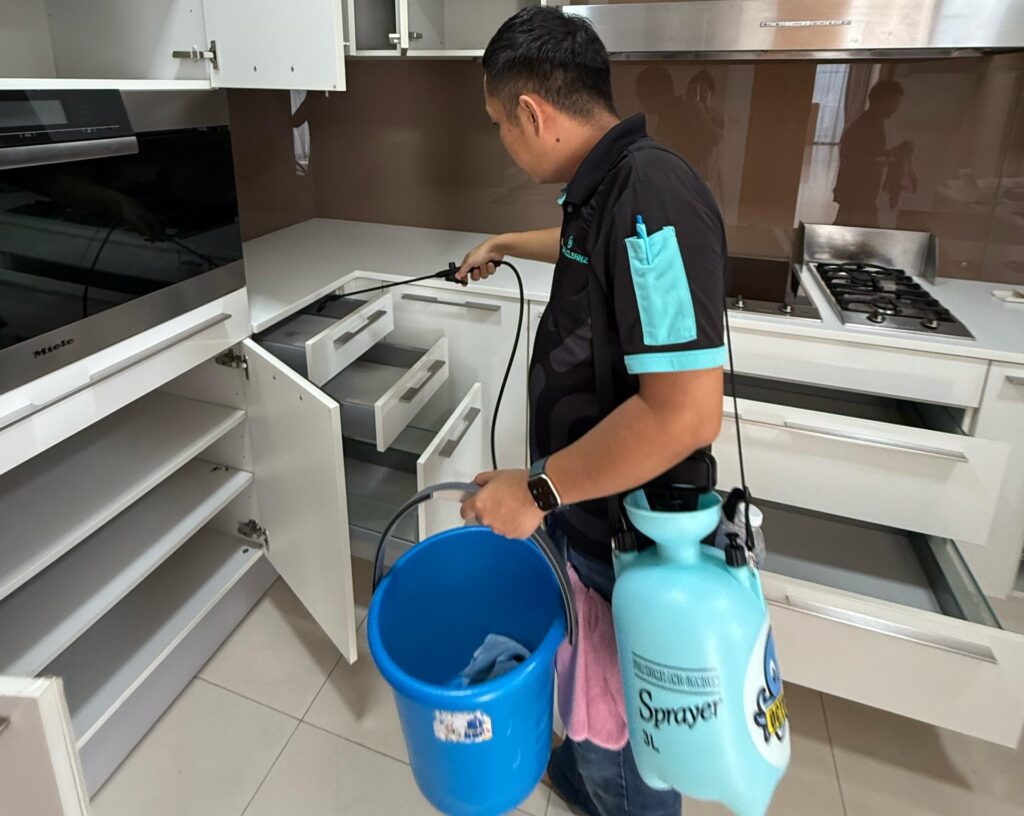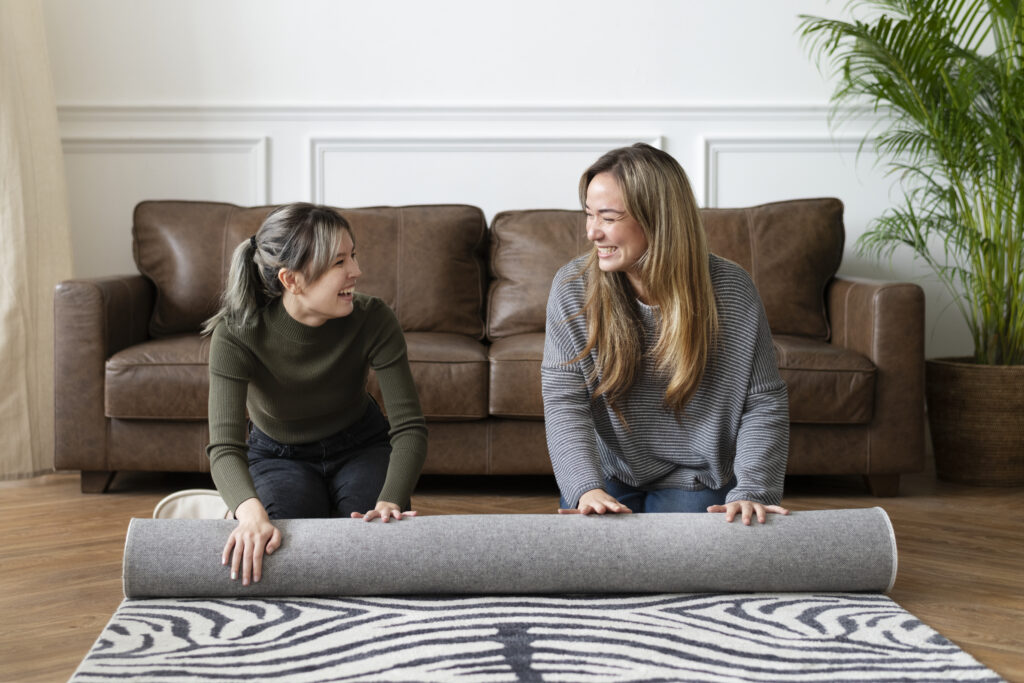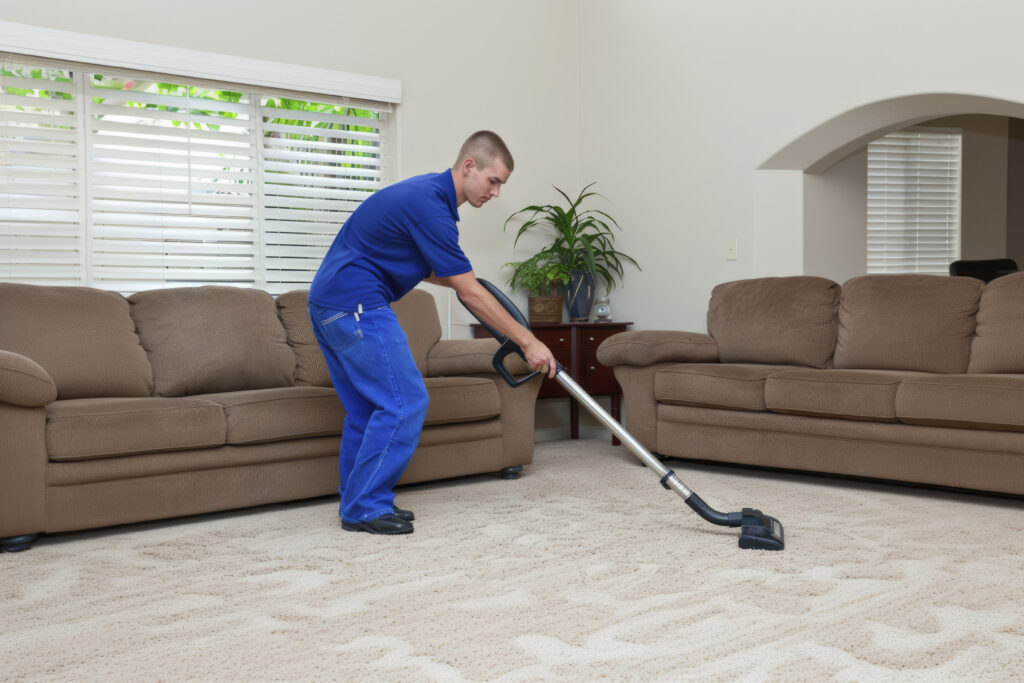In Singapore’s perpetually humid climate, dust mites are more than a seasonal nuisance — they’re a year-round issue hiding deep within homes. In humid conditions, dust mites multiply rapidly, settling deep within fabrics like carpets, bedding, and upholstered furniture, which trap both moisture and the organic debris they feed on. Though dust mites are tiny and unseen, the health complications they bring, particularly for people with asthma and allergies, are hard to ignore. Dust mites are one of the usual culprits behind indoor allergies. They can leave you with a stuffy nose, itchy eyes, and constant sneezing, and for some people, they might even make conditions like asthma or eczema worse.

The high humidity levels in Singapore create ideal conditions for dust mites to multiply rapidly. While routine cleaning like vacuuming and dusting helps manage surface dust, these microscopic pests often remain embedded in carpet fibres. This makes it crucial to go beyond basic cleaning and incorporate professional treatments that can deeply cleanse and remove hidden allergens.
Understanding Dust Mites and Allergies
What are Dust Mites?
Dust mites are microscopic arthropods — distant relatives of spiders and ticks — that feed primarily on flakes of human skin. An adult sheds around 1.5 grams of skin each day, which can nourish up to one million dust mites. They flourish in places that trap warmth, moisture, and food particles: bedding, upholstery, and ,carpets.
While bed bugs are known for biting, dust mites pose no such threat. Rather than attacking the skin, they thrive on shed skin cells, and their presence is felt through the allergic reactions they trigger. The problem arises from their waste products and decomposed bodies, which are potent allergens. According to the American Lung Association, dust mites feed on skin flakes and thrive in warm, humid spaces, including carpets and other soft furnishings where dust accumulates. When these particles become airborne, they irritate the respiratory systems of sensitive individuals. Because carpets act like a sponge for these allergens, professional cleaning is essential. For example, Total Cleanz’s carpet cleaning services can target deeply embedded mites using specialised equipment and techniques.
How Dust Mites Affect Allergies
Dust mites produce allergens through the proteins contained in their droppings as well as their decomposing remains. When inhaled, they trigger immune system responses in sensitive people. The symptoms might seem like those of a common cold — runny nose, itchy eyes, and coughing — but they are persistent and often worsen over time.
People who have asthma, eczema, or allergic rhinitis tend to be more affected. If dust mites stick around for too long, they can cause ongoing breathing problems, so it’s important to spot the signs early and take action.
To manage it, a multi-layered approach works best:
- Regular cleaning with vacuum cleaners fitted with HEPA filters to trap fine particles.
- Use of anti-allergen sprays to neutralise mite allergens.
- Professional deep cleaning of carpets and upholstery, especially if DIY cleaning isn’t enough.
It’s not just about comfort — it’s about health protection, too. Regular cleaning and understanding the health risks of dirty carpets can significantly reduce exposure to these hidden triggers.
Common Allergy Symptoms Triggered by Dust Mites
The symptoms of dust mite allergies extend far beyond mild discomfort. Reactions can sometimes be quite serious, particularly for children, older adults, or people who already have breathing problems. Some of the usual signs to look out for include:
- Persistent sneezing
- Nasal congestion
- Postnasal drip
- Itchy, red, or watery eyes
- Eczema flare-ups
- Asthma attacks
Dust mite allergens inflame the nasal passages and can lead to chronic sinus infections if left unmanaged. In some situations, they might also worsen skin issues, including atopic dermatitis. In Singapore, house dust mites are recognised as the most common cause of allergy. source
Understanding these symptoms allows you to act quickly — implementing prevention measures and seeking appropriate treatments before health deteriorates.
Environmental Factors Contributing to Dust Mite Growth in Singapore
High Humidity in Singapore
Singapore’s climate averages around 80% relative humidity throughout the year. This level of moisture is a dream environment for dust mites, as they absorb water from the air to survive.
When indoor humidity exceeds 50%, their population explodes.
High humidity allows dust mites to thrive not just in carpets but also in curtains, bedding, and upholstery. To combat this, you can:
- Invest in dehumidifiers to maintain indoor humidity below 50%.
- Use air conditioning to regulate indoor temperatures.
- Ensure adequate ventilation in all rooms.
Maintaining airflow around your living areas is key to controlling dampness, helping to limit mould formation that can add to the problems caused by dust mites. For actionable steps, check out our guide on humidity control in carpet care.
Warm, Tropical Climate
In combination with humidity, Singapore’s consistently warm temperatures (averaging 25°C–31°C) provide the ideal setting for dust mites to reproduce rapidly. Their breeding cycle is accelerated, which means infestations can happen quickly if left unchecked.
Consistent upkeep, such as routine cleaning and maintaining low humidity levels — for example, by using air conditioning or dehumidifiers — can interrupt the breeding cycle of dust mites. Selecting household materials that resist moisture, like washable fabrics or synthetic carpets, also helps reduce the spaces where dust mites can thrive.
Common Areas for Dust Mite Infestation
While dust mites can inhabit any fabric surface, certain areas in the home are more susceptible:
- Bedrooms: The primary hotspot, as mattresses and carpets collect shed skin cells and retain warmth.
- Living rooms: Upholstered furniture and area rugs are dust mite magnets.
- Children’s play areas: Plush toys and rugs provide ideal habitats.
High-traffic areas should be vacuumed at least twice a week using a HEPA filter vacuum. Additionally, steam cleaning carpets every few months helps eliminate mites in deeper layers. If you’re dealing with multiple issues like pet smells, you might also want to consider pet odour removal alongside dust mite treatment for overall air freshness.
Treating Dust Mites in Carpets
Best Carpet Cleaning Methods for Dust Mites
The most effective methods to treat dust mites in carpets include:
- Steam cleaning: High-temperature steam kills dust mites and sanitises the carpet.
- HEPA vacuuming: High-efficiency particulate air filters trap even the smallest allergenic particles.
- Anti-allergen treatments: Sprays designed to denature mite allergens on contact.
Professional services use advanced equipment that reaches deeper than regular home vacuuming. For thorough carpet care, professional deep cleaning should be scheduled every six months, or more frequently if anyone in the home has severe allergies.
Anti-Dust Mite Products and Treatments
Several products on the market assist with dust mite management:
- Anti-allergen sprays: These neutralise dust mite proteins, making them less likely to trigger allergic reactions.
- Dust mite-proof covers: Use for mattresses, pillows, and furniture.
- High-efficiency air purifiers: Trap airborne allergens, improving indoor air quality.
While these products help, they work best as part of a broader cleaning and prevention strategy. Always follow product instructions for safe use, especially if there are children or pets at home.
Professional Carpet Treatment Services
Nothing compares to the results of professional cleaning when it comes to dust mite eradication. Specialists use commercial-grade steam cleaners, advanced suction equipment, and treatment solutions that penetrate deep into carpet fibres to target mites at the source.
Professional carpet care goes further than simply clearing out dust mites. These services also target stubborn stains, lingering smells, and general wear, helping to refresh the look and feel of your carpets. With the right treatments, you not only improve indoor air quality but also preserve the condition of your flooring for years to come.
Conclusion
In Singapore’s humid climate, dust mites are difficult to avoid — but that doesn’t mean your indoor air quality or health should suffer as a result. With a combination of regular maintenance, smart home adjustments, and professional treatment, you can control dust mite populations and create a cleaner, healthier home.
Maintaining a healthy indoor environment starts with preventive actions such as keeping humidity under control, vacuuming regularly, and scheduling deeper cleans when necessary. If regular cleaning falls short, expert carpet services can tackle hidden dust mite buildup effectively. Beyond reducing allergens, this also helps extend the lifespan of your carpets and keeps your living areas feeling fresh. And if you ever need a hand with the heavy lifting, we’re here to help. Take a look at our cleaning services and see how we can make your home fresher and more comfortable.





